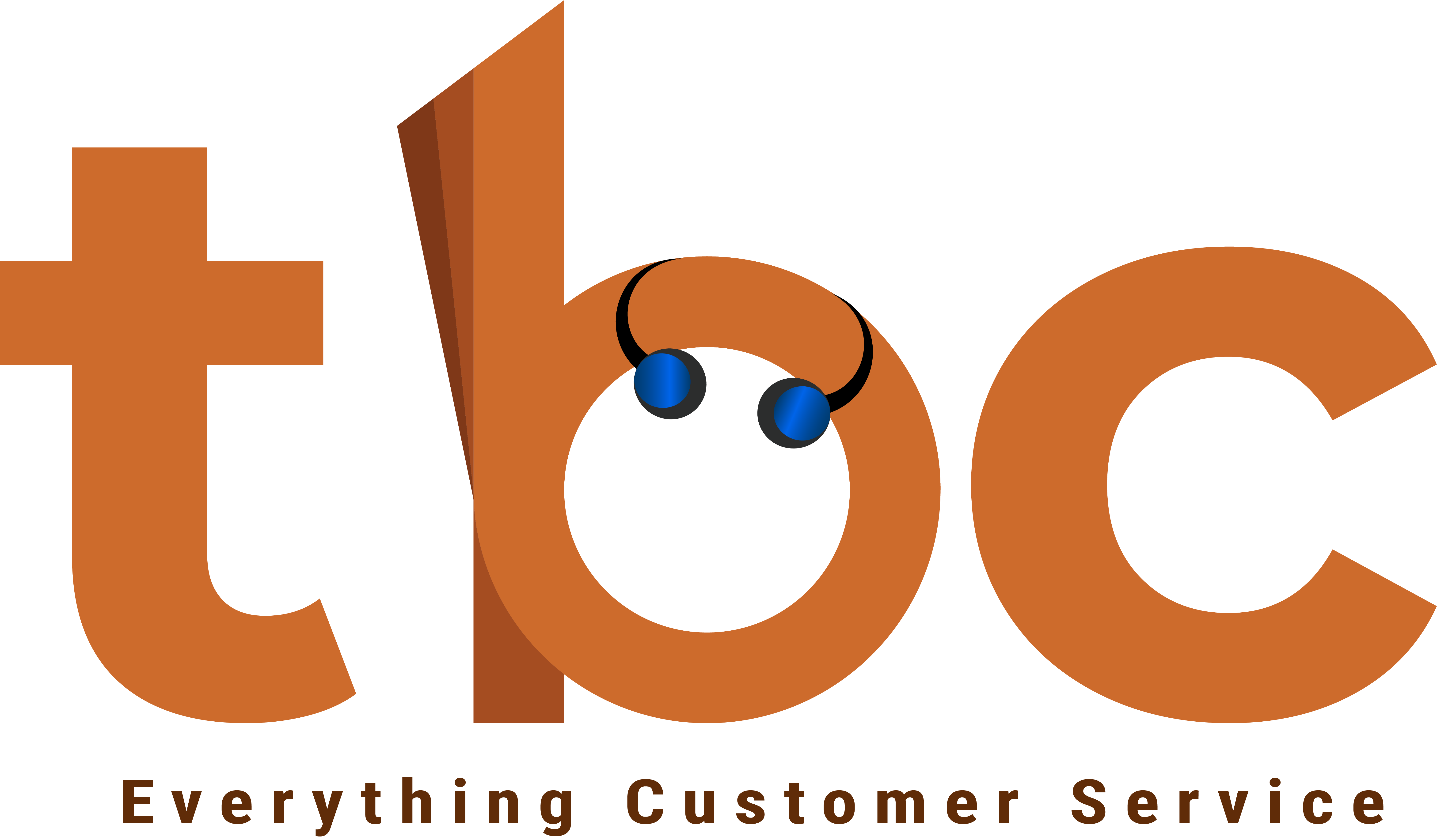Why should brands think about customer journey orchestration?
There are multiple schools of thought when it comes to customer journey orchestration. According to Blueconic, some of them are:
- Customers – and only customers – own their decision journeys
- Customers own their entire buying journey – from start to finish
- The customer, and only the customer, decides which company to research, business websites to browse, brand apps to download, and, ultimately, products or services to buy
Given this fact, should you worry about customer journey orchestration, for you don’t have much control over there? Or, should you look at customer lifecycle orchestration?
Customer lifecycle orchestration is where you focus on the individual needs of your customers. This would move your customers from one lifecycle stage to the next based on actions taken.
This sounds interesting. Are there any examples that you can derive knowledge from?
I am going to take the example of Netflix here.
Netflix customer lifecycle orchestration
The most important lesson from Netflix is to look at your product or service, not in terms of what it “is,” but from the value it provides customers.
Netflix focuses on customer data, not based on rudimentary data points like genres watched, viewer ratings, and so on.
Netflix bases all it’s business decisions on both broad, high-level numbers and specific, granular information.
As a Netflix user, what is the most evident user of Netflix’s ability to use data? It is the system’s ability to provide personalized movie suggestions to you.
That is only the tip of the iceberg. Among many other pieces of data, Netflix collects information regarding:
- When viewers pause, rewind or fast-forward
- Completion rates of all content viewed
- Logistics such as the device used, time of day, and current location
Netflix knows that you like to watch comedy in the mornings, binge watch shows during the weekend, and courtroom dramas are your all-time favorite.
There are 2 million subscribers in India. This means there are 2 million versions of Netflix in India.
Everyone’s Netflix experience is personalized based on factors specific to the individual user.
Data-driven business decisions
Beyond using data to provide laser-focused content recommendations, Netflix also relies on making major business decisions – whether to purchase certain movie rights or invest in new original content.
Shows like ‘House of Cards’ were predicted to add millions of subscribers on board, and it delivered on those predictions.
Data analysis shows when users are most satisfied, engaged, or happy while using the service.
Netflix works towards providing content that achieves the maximum happiness per dollar spent.
In conclusion
We are a family of three, and we have subscribed to multiple OTT platforms, including Netflix. I pay the highest for Netflix, and despite that, the experience that we get in Netflix is unbeatable.
There are three users in my house, and all three of us would vouch for the Netflix experience over anything else.
Netflix is truly a customer-focused company, where they have co-created customer experience with the customers’ inputs. That’s what makes it a blockbuster.
Every business has a blockbuster in them. Go ahead, and identify it by focusing on customers individually.


